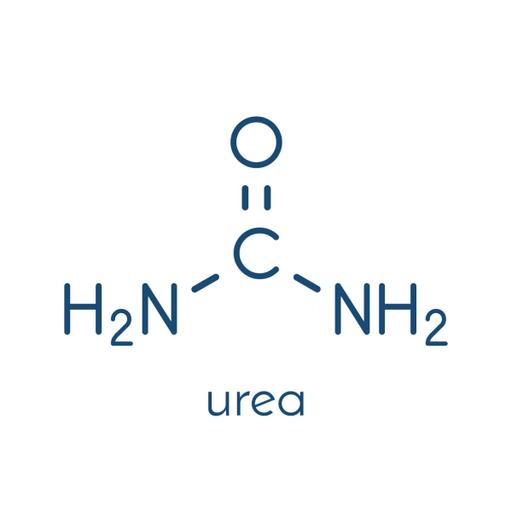Urea Cycle
Presentations | English
Have you ever wondered why we humans are ureotelic rather than ammonotelic? It’s because ammonia is highly toxic and require a lot of water for excretion which will be more favorable for fishes. Most aquatic organisms, or ammonotelic organisms, excrete ammonia without converting it. Organisms that cannot easily and safely remove nitrogen as ammonia convert it to a less toxic substance, such as urea, via the urea cycle (also known as the ornithine cycle) discovered by Hans Krebs and Kurt Henseleit, which occurs mainly in the liver. Urea produced by the liver is then released into the bloodstream, where it travels to the kidneys and is ultimately excreted in urine. The urea cycle is essential to these organisms, because if the nitrogen or ammonia are not eliminated from the organism it can be very detrimental. In species including birds and most insects, the ammonia is converted into uric acid or its urate salt, which is excreted in solid form. If the cycle doesn’t work properly it will result in Uric Acid Disorders (UADs) mostly seen in newborns and infants through hereditary and it represent a group of rare inherited metabolic disorders.

Free
PPTX (109 Slides)
Urea Cycle
Presentations | English
